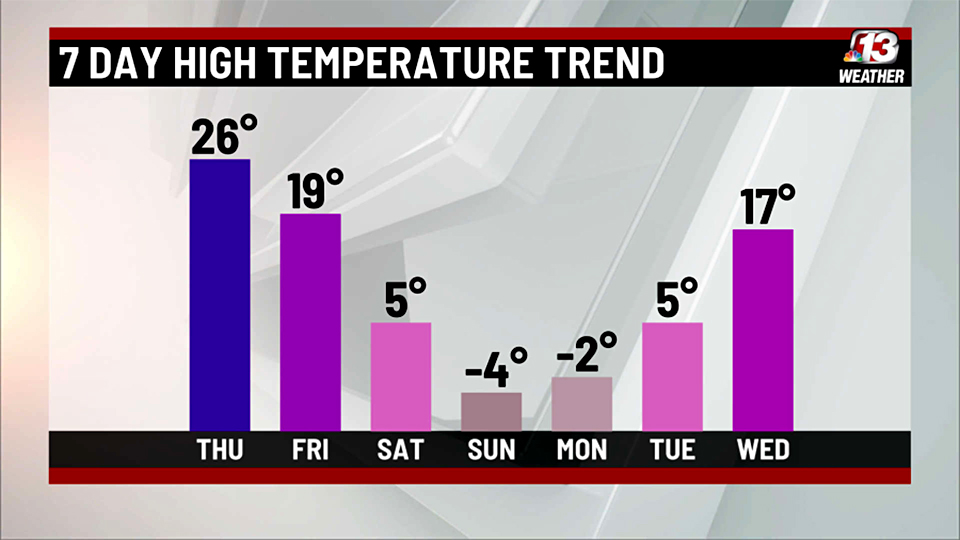
Amos & Barry Kusel - December 1961 haying stock cows north of the Kusel farm place.

It is interesting and I've been commenting about this for the last month or so about the low pressure systems that are now coming out of the deep south/southwest part of the US.
When we had many of the big snowstorms and snowy winters years ago, most of those lows came out of the deep south.
For the last 5 to 10 years most of the lows came from the west/northwest, which tends to have drier air so we don't get as much snow/moisture.
It will be interesting to see if this pattern out of the south continues.
I see there is another winter storm warning for tomorrow January 12 in our part of Iowa, whereas so many of the previous fronts
had been going north or south of Iowa or fizzled out before it gets into Western Iowa.


Another website update
If we get this amount then it will be comparable to the January 10, 1975, three-day blizzard where we received
12 to 13 inches.
Hopefully we don't get the sustained 80 MPH winds with gusts to 100 MPH like on January 10!!!
10:50 PM January 11
This is also what I notice that the lows slide on south of Iowa with the wrap-around snow dropping on us.
It will be interesting if another part of this front hits Iowa head-on on Friday...

Harry Musfeldt intersection next to 141 after the 1975 blizzard
A dragline was brought in to dig out the snow.
Most roads in Crawford County had to be pushed out later that winter by caterpillars.

Harry Musfeldt - this is looking south to where Gaylin & Jan Ranniger live today

My Volkswagon on our bottom road - this was before they filled in the grade and raised the road years later

Brian Lage on the snowdrift in front of their garage on the Lage farm

Many creeks were blown full and why there were "icebergs" ice jams by the bridges back then.
To the west is the old Emil Ress farm, and behind that
would be the location of the Soybean plant today.
My great-uncle Herman Grau and other old timers at the time told me the 1975 blizzard was like the 1936 blizzard they remembered.
Last night January 10, 2024, a disturbance came from the west and we received about 1 inch of snow, so we seem to be in a snowy pattern, at least for a while...
It's just about dark and I went out to check things - make sure doors are closed ahead of the upcoming winter storm and I heard 2 owls hooting back and forth to each other.
I'm fairly sure they are Great Horned owls but usually there is only one in our windbreak at a time looking for an evening snack.
I've noticed a few more rabbit tracks this winter than
previous winters. We have more/different type predator birds now than when I was a kid and there are a lot more coyotes and other predator 4 legged critters now too, since hunting them has
declined, so they are eating up the smaller 4 legged prey like rabbits and the ground birds like pheasants that become prey and also the smaller birds that have to take cover in the trees
when the predator birds are in flight.
It's experiences like this that make me reflect on the struggles my great-great-grandparents and great-grandparents had when they came to this area in the early 1870s...no roads,
no towns, no railroads except the Northwestern up by ArcadiDenison area.
No trees, just vast expanses of Prairie Grasses with shacks at first that had no insulation.
So I always remind people when I hear them or hear about other people complaining how tough they have it - that the have absolutely no clue how good they have it - UNLESS they study and understand our history.